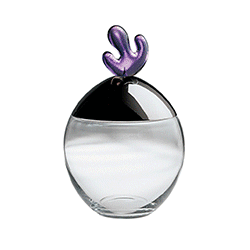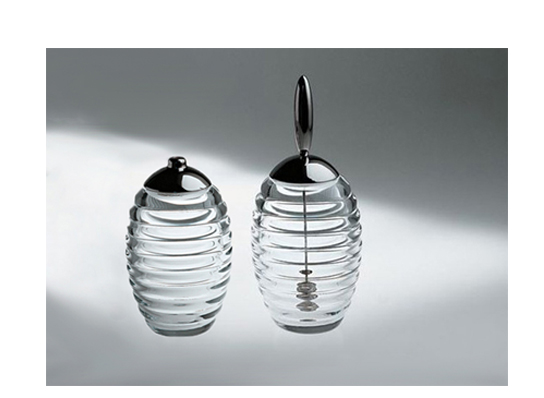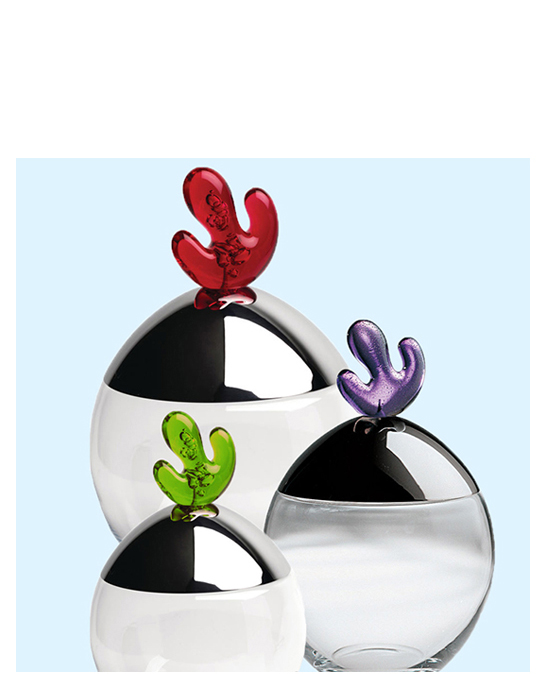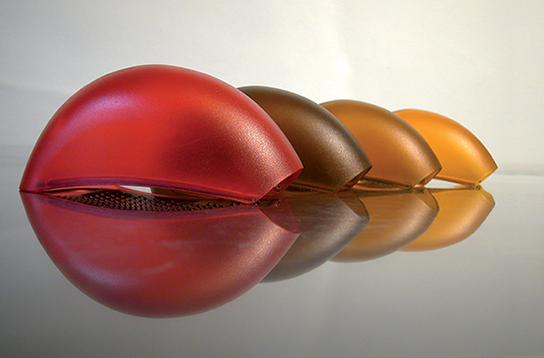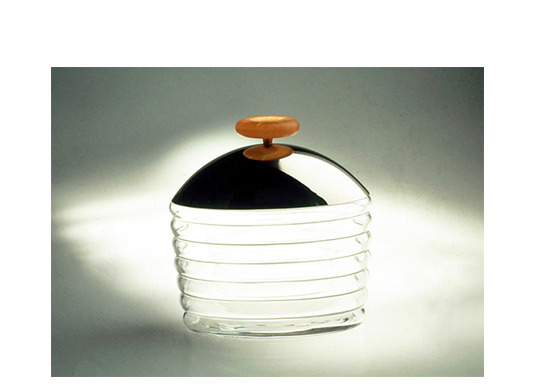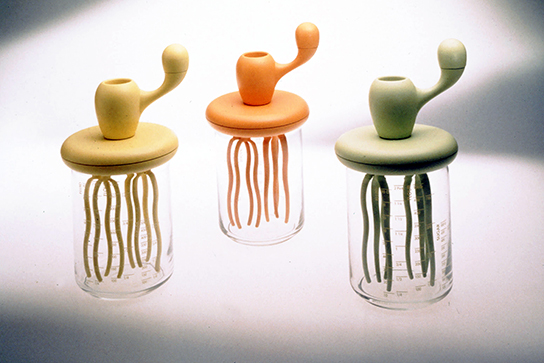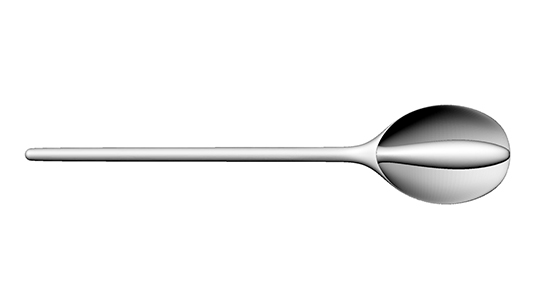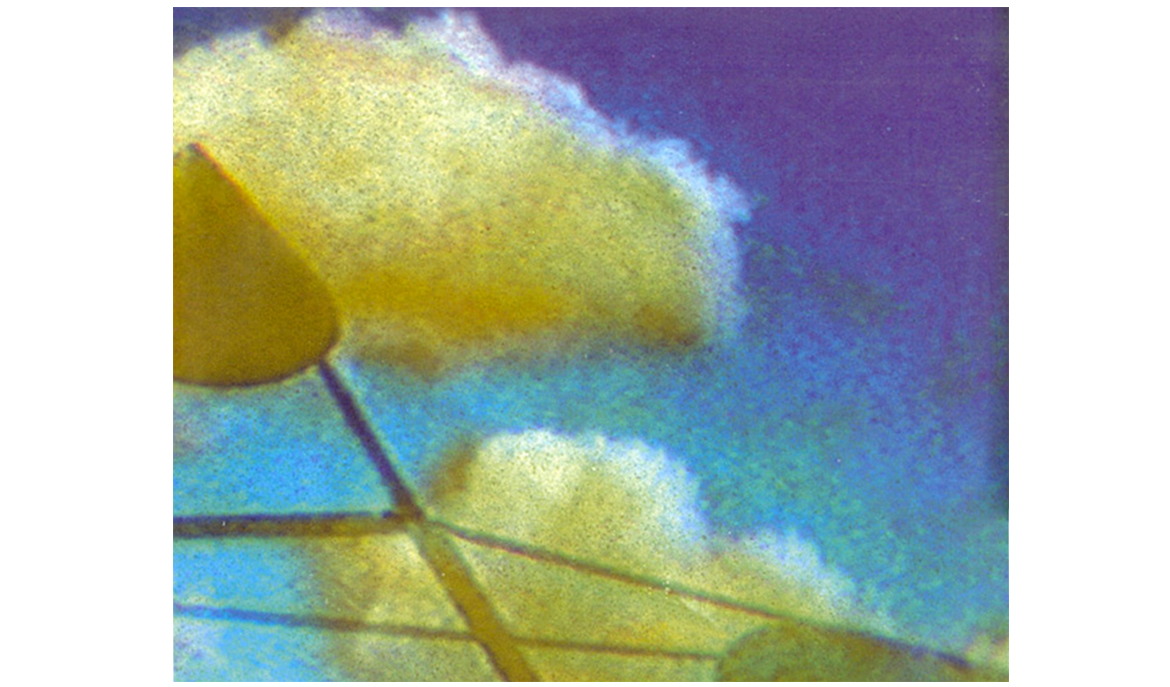Collections
Bio Object 1992
"Bio Object a research about the natural, biological memory"
Florence, School of Architecture: it was here, in 1992, that the Biological Object workshop took place with the students from Remo Buti’s course on Design and interior Architecture.
“Domestic object” and “Organic object”, these were the two nuclei around which I wanted to move. The domestic object was the type that I wanted to investigate with the workshop. The natural world, instead, offered the imagery to which we would refer in developing the projects.
This is how the new research began, an exploration of the various household types formally inspired by suggestions offered by nature: functional objects, whose forms would look to the organic world, the living. A year earlier, with the “Memory Containers” workshop, we investigated the object intended as a storage enclosure, the personal, cultural and geographical. With the new research, I wanted to work with natural memory, biological, particularly focusing on sea life. In the images of marine organisms, I could see extremely ancient forms of the natural world, charged with this memory. The metaproject theme chosen also required materials that were capable of transmitting feelings of delicacy and softness. The biological object had to be able to transmit a seductive sensoriality, also through a particular use of materials, finishes and color.
After the workshop in Florence, I continued the research in Milan, at the headquarters of the Alessi Study Centre and, in 1994, “Parmenides” was the result. A biological object par excellence, the grater with holder designed by Alejandro Ruiz was the first product in the Study Centre to be acquired for MoMA’s permanent collection in New York. It quickly became one of the most popular products of that period. “Parmenides” has a shape that was clearly inspired by a sea-shell, whose proportions were designed by applying the golden ratio.
Over the years, the language related to biological memory led to other workshops, such as “Lightness of Steel” held in 2004. At the time, there were also other collections able to communicate with a public increasingly broadened through the imagery to which the objects were explicit references: organic forms, delicate, instantly recognizable by our sensory memory, because they are part of a profound experience that binds us to the living world to which we all belong.
Firenze, Facoltà di Architettura: fu qui che nel 1992 ebbe luogo il workshop sull’Oggetto biologico, con gli studenti del Corso di Laurea in Progettazione, Arredamento e Architettura degli interni di Remo Buti.
“Oggetto domestico” e “oggetto organico”, questi i due nuclei intorno ai quali desideravo muovermi. L’oggetto domestico era la tipologia che volevo indagare con il workshop, il mondo naturale offriva invece l’immaginario al quale fare riferimento per sviluppare i progetti.
Nacque così quella nuova ricerca, un’esplorazione delle varie tipologie domestiche ispirata formalmente alle suggestioni offerte dalla natura: oggetti funzionali, le cui forme avrebbero rimandato al mondo organico, vivente. Un anno prima, con il workshop “Memory containers”, avevamo indagato l’oggetto inteso come contenitore di memoria, quella personale, culturale e geografica. Con la nuova ricerca desideravo lavorare con la memoria naturale, biologica, in particolare quella marina. Nelle figure degli organismi marini vedevo le forme più antiche e cariche di memoria del mondo naturale. Il tema metaprogettuale scelto richiedeva inoltre materiali capaci di trasmettere sensazioni di delicatezza e morbidezza. L’oggetto biologico doveva poter trasmettere una sensorialità seduttiva, questo anche attraverso un uso particolare dei materiali, delle finiture e del colore.
Dopo il workshop a Firenze, continuai la ricerca a Milano, nella sede del Centro Studi Alessi e, nel 1994 nacque “Parmenide”. Oggetto biologico per eccellenza, la grattugia con raccoglitore disegnata da Alejandro Ruiz fu il primo prodotto nato nel Centro Studi ad essere acquisito dalla collezione permanente del MoMa di New York. Divenuta rapidamente uno dei prodotti più apprezzati di quel periodo, “Parmenide” ha una forma chiaramente ispirata al guscio di una conchiglia marina, le cui proporzioni sono state disegnate applicando la sezione aurea.
Il linguaggio legato alla memoria biologica ha guidato negli anni altri workshop, come “Lightness of Steel” realizzato nel 2004 . Nel tempo sono nate collezioni capaci di dialogare con un pubblico sempre più allargato grazie all’immaginario al quale gli oggetti facevano esplicito riferimento: forme organiche, delicate, immediatamente riconoscibili dalla nostra memoria sensoriale, perché appartenenti a un vissuto profondo che ci lega al mondo vivente di cui siamo parte.
Metaproject stories
Object
